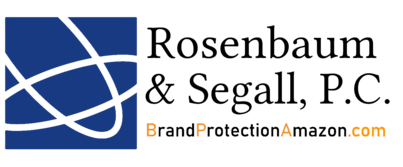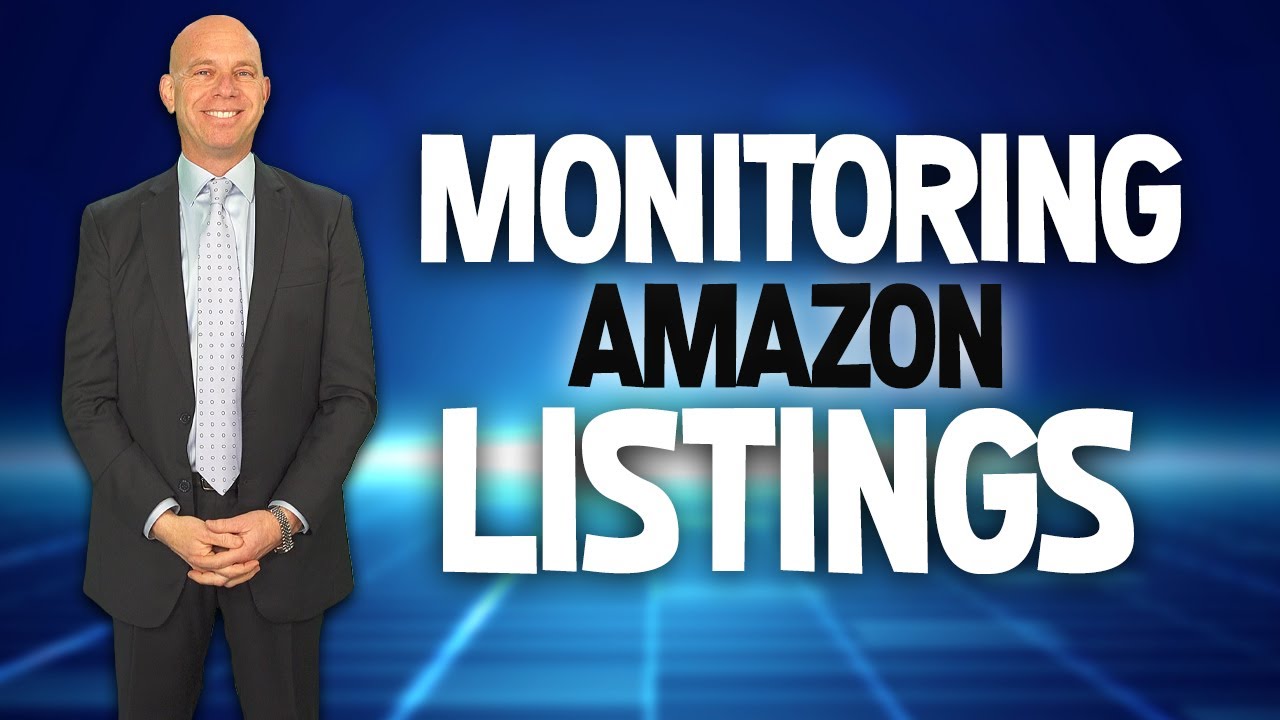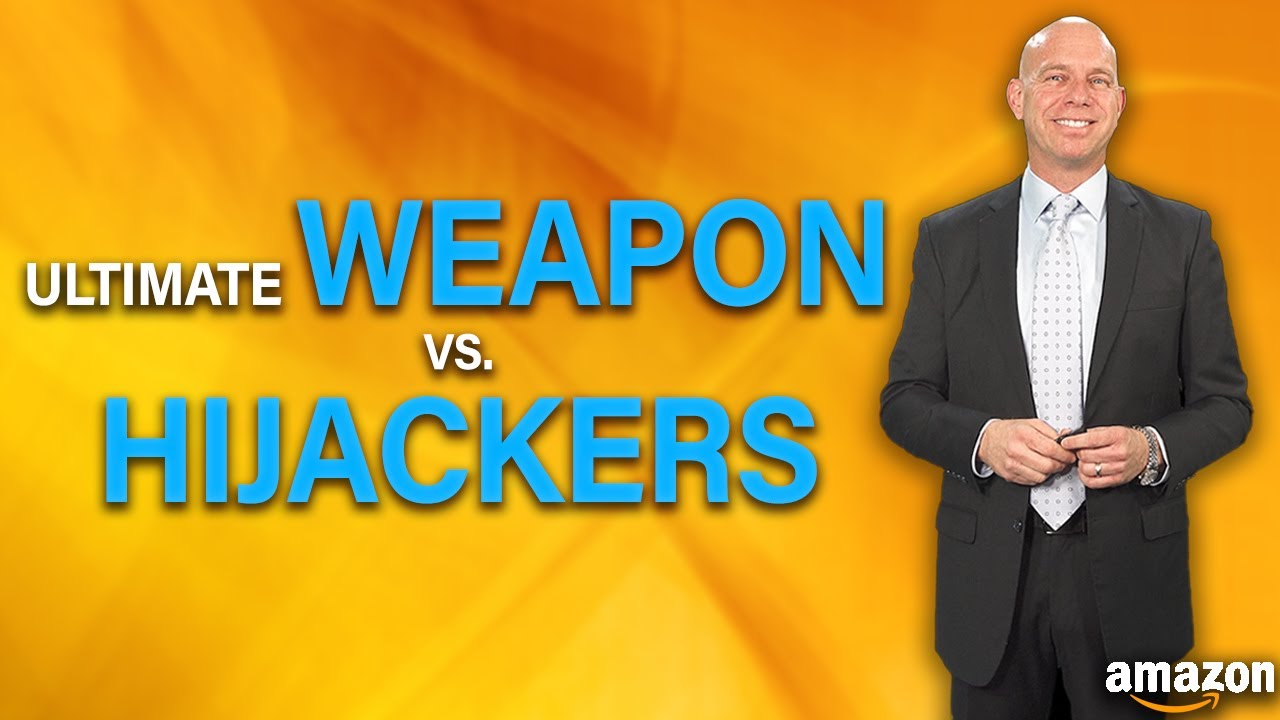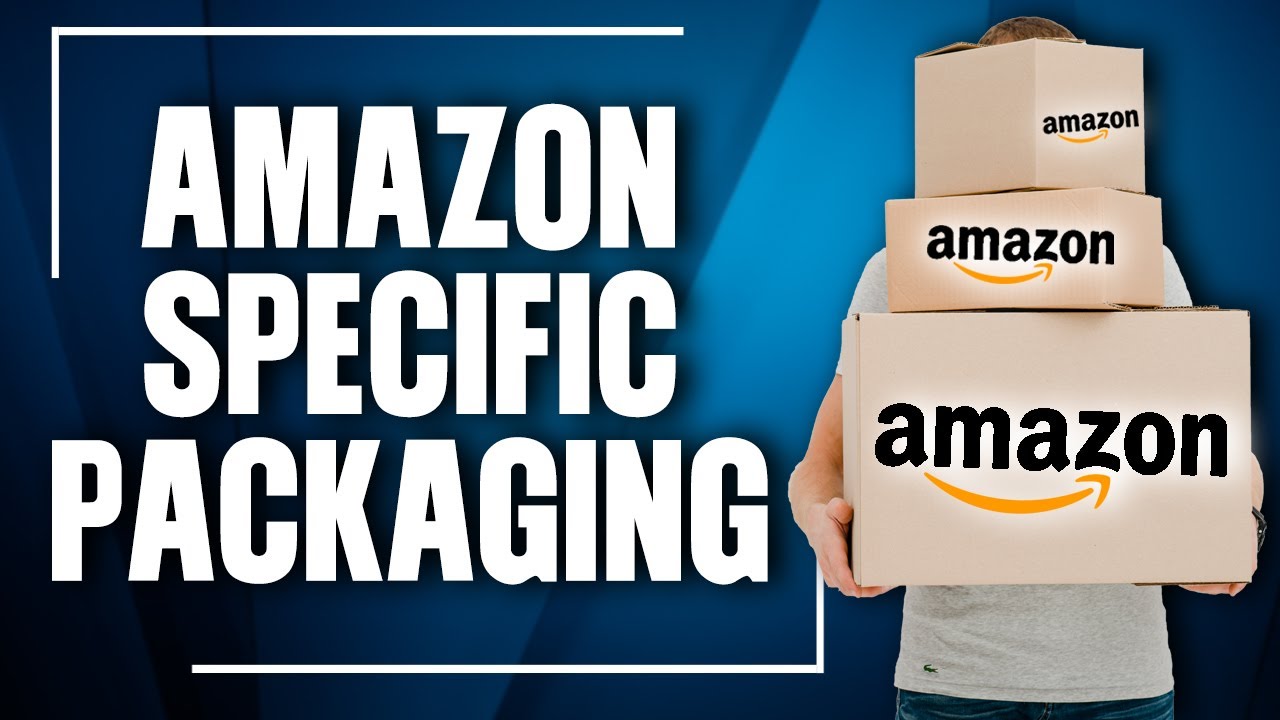
Amazon Seller Strategy:
Fighting Counterfeiters on Amazon
 In 23 years, Amazon has evolved from a website that merely sold books to the largest ecommerce platform in the world. Today, fifty cents out of every dollar exchanged online is spent on the Amazon platform. As the Amazon platform has expanded, so have the opportunities for Amazon sellers.
In 23 years, Amazon has evolved from a website that merely sold books to the largest ecommerce platform in the world. Today, fifty cents out of every dollar exchanged online is spent on the Amazon platform. As the Amazon platform has expanded, so have the opportunities for Amazon sellers.
Amazon is constantly adding to their slew of services including Brand Registry, Fulfillment by Amazon, Private Label, or Amazon’s recently expanded lending program. However, despite the many opportunities provided by Amazon for sellers, the platform is far from perfect. One of the most prevalent issues faced by our clients is dealing with counterfeit sellers.
Counterfeit vs. Inauthentic
When we think of counterfeit products, we are usually referring to a product that is an impermissible fake or knock-off of a “genuine” or “original” product. The word inauthentic may come to mind, but for Amazon’s purposes, sellers must be aware that Amazon treats the words “inauthentic” and “counterfeit” differently.
For Amazon’s purposes, counterfeit products are fake. Counterfeit products are knock-offs of “genuine” or “original” items which have been impermissibly manufactured as an attempt to pass them off as the original.
However, inauthentic products are defined slightly differently by the Amazon platform. For Amazon’s purposes, inauthentic products are defined dependent upon how the Amazon seller at issue sourced the identified products at issue. If an Amazon seller offers products which were not purchased directly from a manufacturer or authorized resellers, Amazon may consider them to be inauthentic, even though the products could be legitimate, branded products.
How are Sellers Affected by Counterfeit Sales?
One of the most valuable opportunities that the Amazon platform provides to its sellers is the size of the marketplace. Third party Amazon sellers have the privilege of introducing their products to a billion-dollar marketplace visited by consumers from all over the world.
We have several clients who have created and branded their own original product ideas and who have ultimately become very successful in marketing and selling their products on the Amazon platform.
Listing Counterfeiters / Hijackers
The exposure the Amazon platform provides for Amazon sellers can also be a double-edged sword so to speak. Many sellers enjoy an initial rush of success when introducing their products to the Amazon platform, only to find themselves battling counterfeit sellers a short time later.
Essentially, counterfeit sellers on the Amazon platform (typically using manufacturers located overseas in India, China, Vietnam, etc.), will monitor trends on the platform and identify the “best” or most profitable products to counterfeit. Ultimately, these counterfeit Amazon sellers will manufacturer a fake version of these trending products, and will attempt to “ride the wave” of the original product’s success. Counterfeit sellers typically will “hijack” the original product listing (ASIN), and will add their counterfeit inventory to each respective ASIN of the products they are “ripping off.”
Counterfeit Sales Hurt More Than The Numbers:
When we think about counterfeit sales, we usually think about the effects they will have on the volume of sales of the original product. However, in the context of the Amazon platform, sellers must consider the effects counterfeiters can have on their developing products and brand name. Often (if not always), counterfeit products are produced to a lesser quality than that of the original. Seller reputations are on the line.
For example, our team is constantly doing brand enforcement work for a seller who has a patented drinking bottle for dogs. This portable “dog mug” is self-manufactured by our client in the United States using high quality materials. Unfortunately, our client’s product was quickly ripped off and several manufacturers in China began selling counterfeit versions of the product on the Amazon platform, directly on our client’s listings / ASINs.
These counterfeiters are not only damaging our client’s business volume, but they are damaging the image of our client’s brand by impermissibly distributing counterfeit products on their listings. While we were able to help our client remove the counterfeit sellers from their listings, their reputation was at risk because many of their customers received inferior, counterfeit products.
What’s the Best Way to Combat Counterfeits?
As mentioned above, Amazon considers fighting counterfeit sellers a top priority.
In fact, the following appears verbatim on the Amazon Help Page:
Customers trust that they can always buy with confidence on Amazon.com. Products offered for sale on Amazon must be authentic. The sale of counterfeit products, including any products that have been illegally replicated, reproduced, or manufactured, is strictly prohibited.
We take product authenticity very seriously. It is each seller’s responsibility to source and sell only authentic products. If you sell counterfeit goods, we may immediately suspend or terminate your selling privileges and destroy inventory in our fulfillment centers without reimbursement. In addition, we do not pay sellers until we are confident our customers have received the products they ordered, and if we determine that a seller account has been used to engage in fraud or other illegal activity, remittances and payments may be withheld or forfeited. The sale of counterfeit goods can also lead to legal action by rights holders and civil and criminal penalties.
Clearly, the Amazon platform has strict penalties in place for counterfeit sellers, yet they still exist, and they still harm Amazon seller businesses every day.
Our law firm recommends the following when it comes to dealing with counterfeit sellers:
1. Register for Intellectual Property Protection:
Intellectual property includes copyright, patent, and trademark protection. Sellers who are developing their own products and/or new brand names should look to register their trademarks and/or file for patent protection.
As an Amazon seller, acquiring patent and/or trademark protection will provide you with exclusive rights in regards to your brand name and product ideas. Patent protection grants a seller the exclusive right to sell, manufacture and distribute their product, while trademark protection provides for exclusive protection of a brand name, logo, or other source identifier.
2. Use Brand Registry:
Amazon Brand Registry goes hand in hand with intellectual property protection. Brand Registry is a tool offered by the Amazon platform which helps sellers protect their registered trademarks on Amazon. Brand Registry offers sellers exclusive control over product listings using that seller’s brand name, and provides many other tools to combat counterfeiting and other intellectual property violations.
3. Be Prepared to Fight:
Finally, Amazon sellers must always be prepared to fight. The Amazon platform can be considered the Wild West of the ecommerce industry and sellers need to be proactive when dealing with the issues faced by the platform.
If you suspect a counterfeit seller on your listing, the first step is to conduct a test buy. Without registered intellectual property, a test buy used to evidence the counterfeit sales is an Amazon seller’s best weapon to take down the counterfeit seller. Using photographic evidence from the test buy and submitting a report to Amazon often results in the removal of the counterfeit seller / content.
Our team has helped many sellers draft and submit reports of counterfeit sellers on their behalf, and we are always available to assist new clients with brand enforcement issues as well.
Ultimately, the Amazon platform is and seems like it will always be the dominate marketplace amongst the ecommerce industry. Despite its issues, there is no other ecommerce platform that offers the same opportunities for its sellers. That being said, Amazon sellers need to be aware of the prevalent issues which plague the platform and remain vigilant in defending against them.








